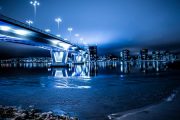How Many Watts Is Suitable for the Study Fixtures?
Under normal circumstances, 15 to 20 watt lamps can be selected for a study room below ten square meters. You can choose a lamp of 20 to 24 watts for a study room of 10 to 15 square meters. Because the study has higher requirements for light, one level can refer to 1.5 to 2 watts, which can be determined according to the space size of the study and the density of the LED lights, otherwise it is easy to damage the eyes.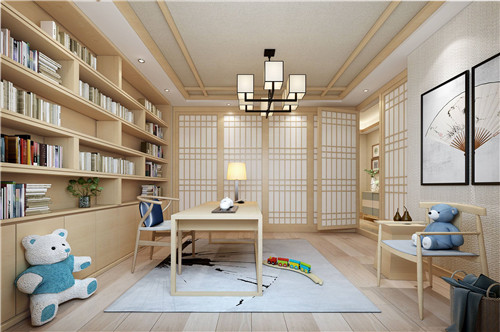
How to Choose LED Lights
- We can make preliminary judgments through packaging. Because the country’s requirements for LED lamps are relatively strict, there will be detailed information on the packaging. This should include rated values, manufacturer information, after-sales service, etc. In addition, we must also see if there is any safety certification, which can also be seen on the packaging. If not, it may be a bad product. In this case, we must carefully consider.
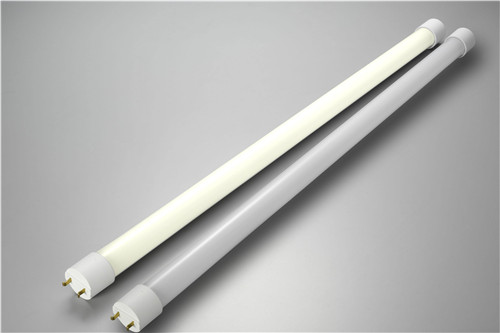 2. We can judge by appearance. After opening the package, you can see the light. At this time, it is necessary to carefully check the appearance of the LED lamps to see if they are properly protected, such as paper shells, brackets, etc. Then, take out the lamp and check whether the outer cover is loose or cracked, whether the interface is tightly connected, whether there is a pry mark, and whether the connection between the lamp holder and the radiator is tight.
2. We can judge by appearance. After opening the package, you can see the light. At this time, it is necessary to carefully check the appearance of the LED lamps to see if they are properly protected, such as paper shells, brackets, etc. Then, take out the lamp and check whether the outer cover is loose or cracked, whether the interface is tightly connected, whether there is a pry mark, and whether the connection between the lamp holder and the radiator is tight. 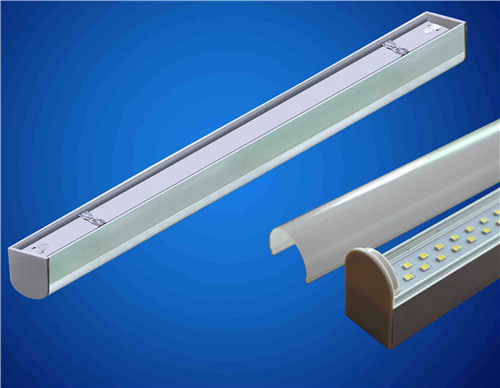 3. We can choose by color temperature. The most important thing for a high-quality lamp is to suit you. At this time, the color temperature must be considered. Generally, LED lights have two color temperatures, warm and cool, which can be determined according to the use space. For example, in areas such as the living room and study room, where the requirements for light are relatively strict, then you can choose cool-color LED lights. And the bedroom can choose warm colors.
3. We can choose by color temperature. The most important thing for a high-quality lamp is to suit you. At this time, the color temperature must be considered. Generally, LED lights have two color temperatures, warm and cool, which can be determined according to the use space. For example, in areas such as the living room and study room, where the requirements for light are relatively strict, then you can choose cool-color LED lights. And the bedroom can choose warm colors. 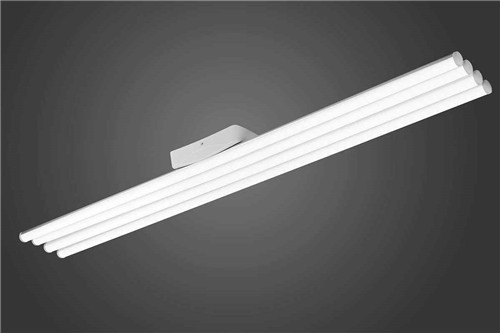
What Do You Need to Pay Attention to When Choosing Study Lights
As far as the study lamp is concerned, its light source should not be based on lighting like other spaces. The study lighting should be soft and not dazzling. So below we will introduce some tips to pay attention to when choosing study lights.
1. Meet the needs of learning
The selection of study room lighting must first consider whether it can meet the needs of work and study. The light source can not only produce various styles of atmosphere, but also provide good lighting for work and study. Choose a table lamp with a reflector and an opening at the bottom. The light source is usually incandescent and fluorescent. The color rendering index of incandescent lamps is higher than that of fluorescent lamps, and the luminous efficiency of fluorescent lamps is higher than that of incandescent lamps. They have their own advantages, you can choose according to your own preferences or the shape of the lamps.
2. The height of the lamp in the study
The height of the lamp in the study is also one of the factors to be considered. Table lamps generally use incandescent lamps with a power of about 45w. Too bright or too dark will hurt the eyes. In addition, the height of the desk surface is also very important. The size of the table can be determined according to the range of hand activities or the configuration required by the work or books and other items. Therefore, when choosing a study room lamp, not only the decorative effect should be considered, but the function of the light is more important.
3. The placement of the lamp
The lamp should be placed at the front left of the desk to avoid glare and protect eyesight. The lampshade should be adjusted to a suitable position, about 40cm away from the eyes, and about 60cm horizontally from the light source. And avoid seeing the inner wall of the lampshade. The lower edge of the lampshade should be flush with or below the eyes to prevent direct light from entering the eyes.
4. Matching the area of the lamp and the study room
The lamp in the study room should not be too big or too small. If the study room is medium in size but equipped with oversized lights, it will easily cause a sense of oppression. It is not conducive to readers’ thinking and analysis. Be sure to choose the size of the lamp according to the size of the study room. If it is a local lighting, the shape, color and characteristics should also be considered to create a good atmosphere.
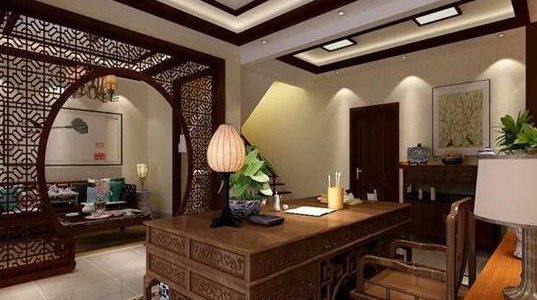
Which Lights Are Bad for Eyes
The damage of light to the human eye depends on the spectrum. Among them, the most harmful to the eyes is purple light. For example, in residential areas, purple mosquito killers installed in parks, arc light emitted during electric welding, ultraviolet rays, and so on. This kind of light is the most harmful to the eyes, and prolonged exposure is prone to acute damage, causing corneal epithelium to fall off. Some age-related macular degenerations are also related to long-term exposure to ultraviolet light. Secondly, red light is also very harmful to human eyes, just like the dark red flames seen by workers in a steel plant in a furnace.
And whether these lights, which are more harmful to the eyes, are contained in the lights used in daily life, is not judged by whether they flicker in the camera. We need to see through a prism.
The light that is the least harmful to the eyes in daily life is yellow light, that is, warm white light. Just like the light bulbs used at home before, that is, the slight yellow light emitted by incandescent lamps. Although it is not environmentally friendly, 90% of the electric energy is converted into heat energy, and only 10% of the electric energy is converted into light energy. Because it is not energy-saving, it is gradually eliminated. But for protecting the eyes, it is the least harmful.
Yellow light can not only make the eyes feel the light signal, but also is a kind of spectrum that is the least harmful to the eyes. It is the healthiest and most protective eye spectrum. In addition, it is not purple light, blue light or white light, which can damage the eyes more or less. In this sense, when you choose a lamp, the most important thing is to emit a soft yellow light.
Effects of Various Study Lights on the Eyes
- Incandescent lamps, not energy-saving, but not harmful to the eyes,
- Fluorescent light.
The light it emits is mainly white light, which is too reflective. If you watch it for a long time, it is easy to cause visual fatigue. If the paper is also white, it will cause strong reflections. Children studying under fluorescent lights for a long time can easily cause myopia. If the office environment and office documents are yellow, it can effectively alleviate visual fatigue.
- Energy-saving lamps.
The light emitted is not good for the eyes. In fact, if you observe with a prism, you will find that there is a component of purple light inside.
- LED lights
High efficiency, energy saving, customized spectrum, no UV, no heavy metal pollution, is a healthy light source.



